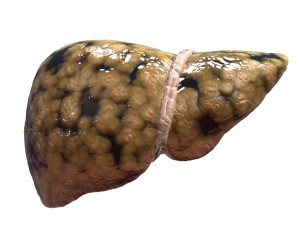If you have recently undergone an ultrasound scan of your abdomen, you may find that the report states that you have a ‘fatty liver’. A lot of our patients tend to get concerned regarding this, so we thought it best to briefly discuss what a fatty liver actually is.
What is fatty liver?
As the name suggests, fatty liver refers to the deposition of fat on the surface of the liver. In the medical world, it is also called Non – Alcoholic Fatty Liver Disease (NAFLD). Fatty liver can also be caused due to alcohol – this has not been discussed here, but will be discussed in our future blog posts.

Latest posts by Dr Vivek Baliga (see all)
- Gallbladder Stones – Do I Need Surgery? - April 18, 2021
- Urine Infection? Causes, Treatment & Prevention - July 15, 2020
- Vitamin D – All You Need To Know - July 11, 2020